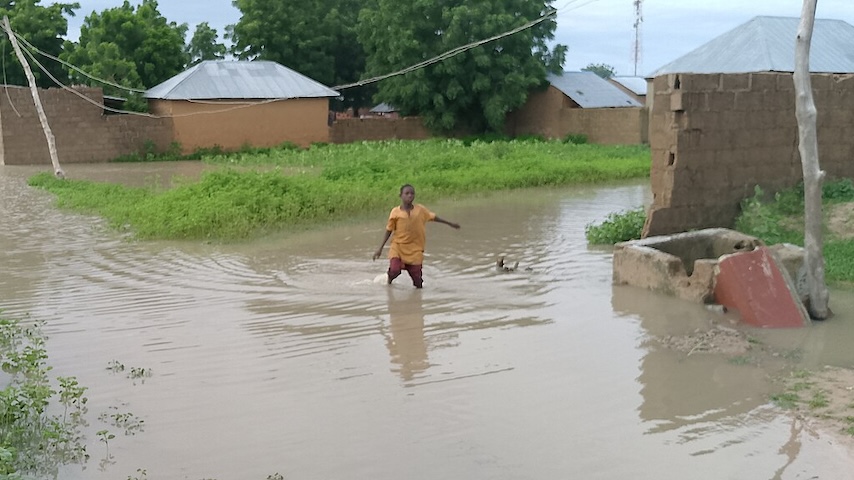Developing Countries Face a ‘Vicious Circle’ of Spiraling Debt as Climate Crisis Intensifies
Photo by Muktee1494/Wikimedia Commons
The noise on the developing world’s debt crisis has been growing in recent years. Led in particular by Barbados Prime Minister Mia Mottley, there is a movement to reduce or cancel the piles of debt heaped on already struggling nations, given that climate change — a product exported from rich countries — is adding to those piles more every year. With the upcoming COP29 supposedly focused on climate finance and the aid the developed world owes to the developing, that noise is louder still.
This week, a committee convened by the governments of Germany, Kenya, and France, and Colombia and incorporating experts from the IMF, the World Bank, and many other institutions released a report on that “vicious circle” of debt, and a potential path out of it. The authors wrote that developing countries faced a series of “external shocks” in recent years that have exacerbated the debt problem: “the Covid-19 pandemic, fuel and food price inflation, a strengthening US dollar, soaring interest rates and – in many cases – climate and environmental disasters.”
The increasing frequency of climate change-related shocks — a juiced-up hurricane or typhoon here, an underwhelming monsoon season or years-long drought there — force these countries to borrow more in order to finance their recovery. Borrowing becomes more expensive, and economic growth slows. Higher debt burdens mean those countries have less space to build out climate-friendly, adaptive, resilient infrastructure. Then the next disaster hits, and the lack of that more resilient stuff starts the cycle anew.
“Many low- and middle-income countries are facing a ‘triple crisis’ not of their own making, with high global interest rates compounding increasingly severe climate impacts and nature loss,” said Vera Songwe, the former United Nations Under-Secretary General and co-chair of the Expert Review on Debt, Nature, and Climate, which released the report, in a press release. “Unless the international community collectively takes measures to address this, countries are not going to be able to pursue the climate-resilient, low-carbon and nature-positive growth which they need – and of which they are capable.”
That international support could instead induce a “virtuous circle,” the report said. Investment in sustainable infrastructure and technology could drive the economic growth developing countries need to address the climate disasters — but getting to that point “implies a profound change in our economies and societies.”
The report lays out some specific policy recommendations for managing the debt burden, but the overly cute and short version of that change is: rich countries need to give money to poor countries. That’s the message behind international climate finance, behind the idea of a “loss and damage” fund that was created at the U.N. climate conference two years ago, behind this year’s focus on setting a new bar for the rich-to-poor pipeline. It seems foolhardy to hold one’s breath for such a shift, but without it there’s no breaking out of the vicious circle.